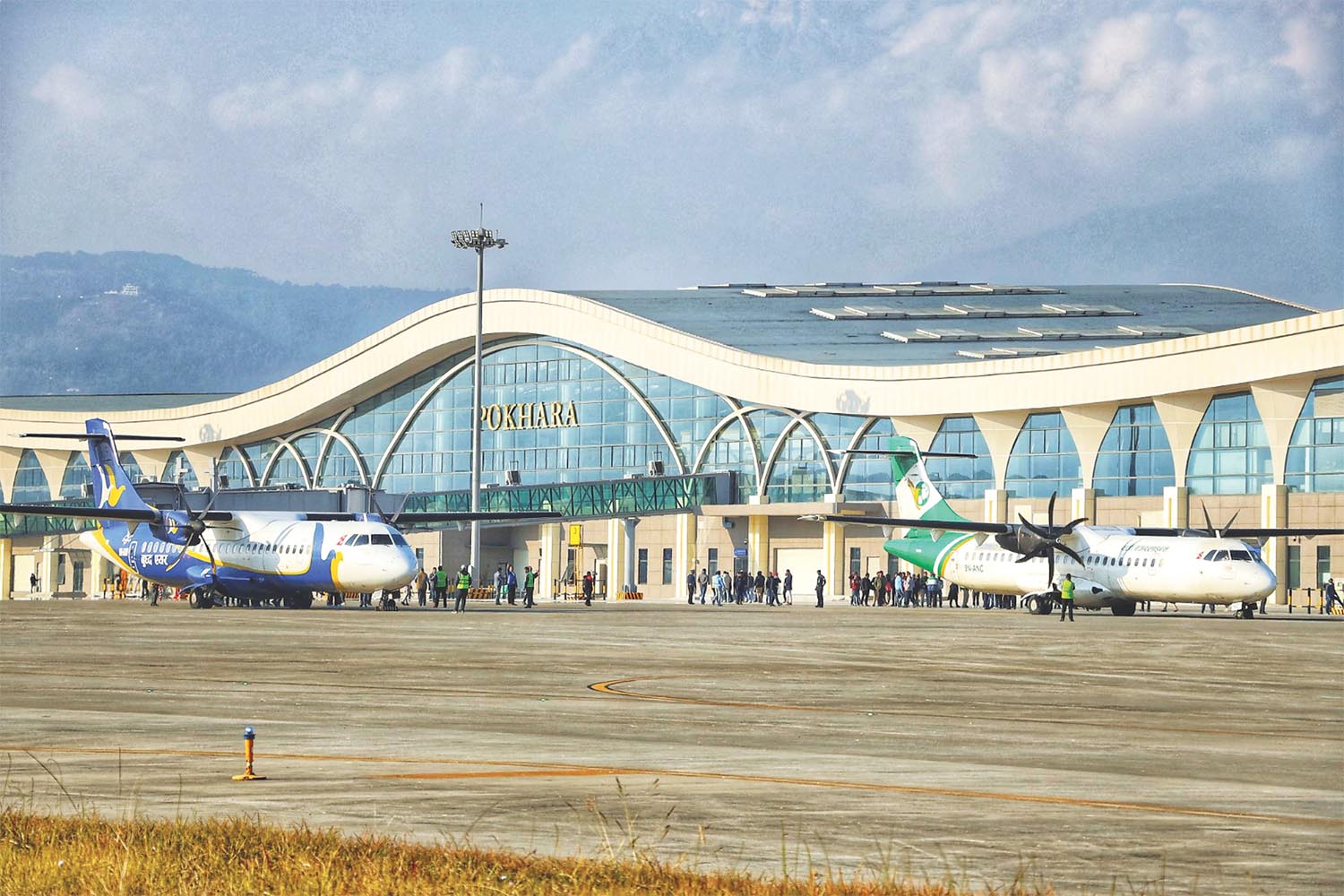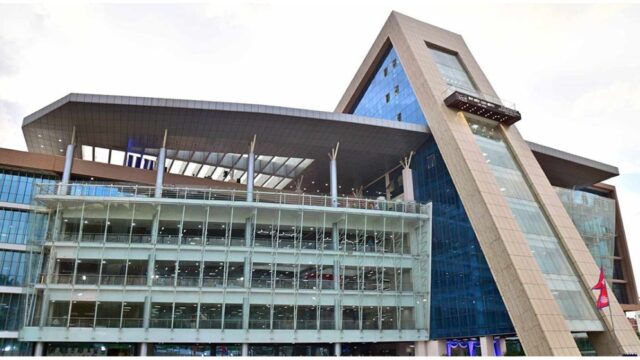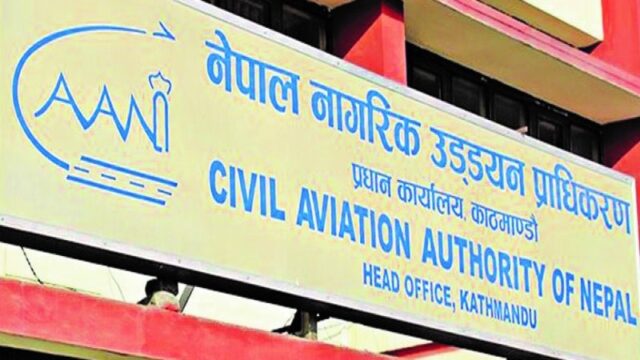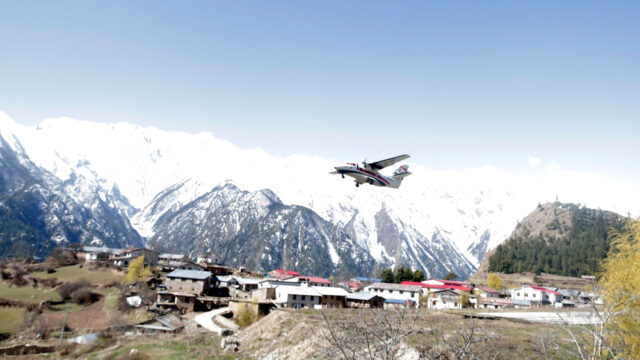As Tribhuvan International Airport (TIA) prepares for operational reductions to facilitate major infrastructure upgrades, the government is ramping up efforts to activate two key regional airports—Pokhara International Airport and Gautam Buddha International Airport in Bhairahawa. With TIA scheduled to operate only 14 hours daily, from 8 a.m. to 10 p.m., between November 8, 2024, and March 31, 2025, these regional airports are positioned as viable alternatives for international airlines, especially with an array of incentives in place.
To make these airports more attractive, the government announced incentive packages months ago, including fuel discounts, VAT exemptions on tickets, and reduced fees for ground handling and tourism board charges. These benefits are expected to remain in effect until Bhadra 2083, providing airlines with a substantial window to take advantage of these concessions.
In recent discussions, the Ministry of Tourism reached out to airlines such as Jazeera Airways, FlyDubai, and Thai AirAsia, encouraging them to consider flights to Gautam Buddha International Airport. While Gautam Buddha has already seen international airlines step in, Pokhara International Airport has yet to receive a formal application from any international carrier, according to Civil Aviation Authority spokesperson Gyanendra Bhul.
Despite the strategic shift to ease TIA’s congestion, foreign airlines remain hesitant to use Pokhara as an alternative hub, posing a challenge to the government’s tourism objectives. Local tourism stakeholders, particularly in Gandaki Province, voice concerns that this delay hampers Pokhara’s tourism potential. Pomanarayan Shrestha, a former president of the Pokhara Tourism Council, highlighted the impact of limited political support on efforts to attract international flights. “Bhairahawa has benefited from political will and lobbying, but Pokhara, despite its tourist appeal, has been overlooked,” Shrestha noted.
For the city, direct international connectivity would not only support tourism but would also boost the local economy by providing direct access for foreign visitors. Businessman and former tourism board member Basu Tripathi shared similar views, emphasizing that Pokhara’s limited presence in national tourism policy discussions leaves it overshadowed by other destinations that have gained greater visibility and support.
As TIA’s reduced operating hours are near, there is growing hope that these changes will eventually push for a broader network of international flight options across Nepal, enhancing access to its tourism hotspots. However, with no confirmed interest from foreign carriers for Pokhara, tourism advocates are urging stronger advocacy to turn the city’s untapped potential into a thriving tourism gateway.
Source: Nagarik






